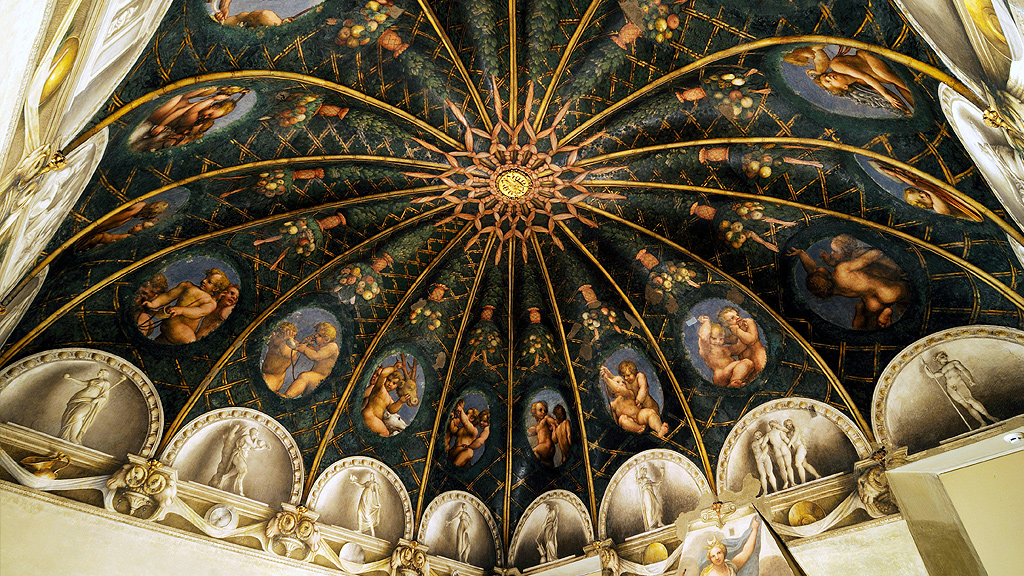
Parma
” La petite capitale ” (“the little capital”)
Art, nature, Food and Wine tour in the Parma territory and small villages.
Christian , Jewish and esoteric tradition, Middle Ages, Renaissance and Era of Enlightenment in the city of Parma, countryside and mountains.
Parma is a precious coffer of Palaces, the Cathedral (Duomo), churches, baptisteries, domes and theatres where, from the Middle Ages to the Baroque, the most important artists created their masterpieces.
The Palazzo della Pilotta
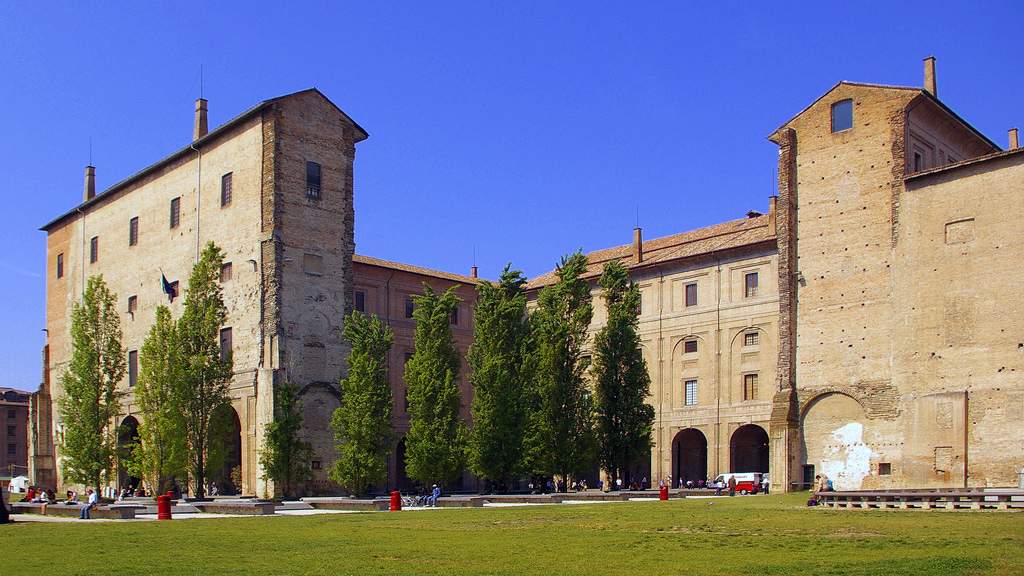
The Palazzo della Pilotta is a complex of different buildings located in the historical center of Parma (Emilia Romagna). Its name derives from the game of “Pelota” played in the 16th Century by Spanish soldiers stationed in Parma.
This complex was built for the new state created by Pope Paul III Farnese for his son Pierluigi.
In this Palace are housed:
Teatro Farnese, National Gallery of Parma, Biblioteca Palatina, National Archeological Museum.
Teatro Farnese
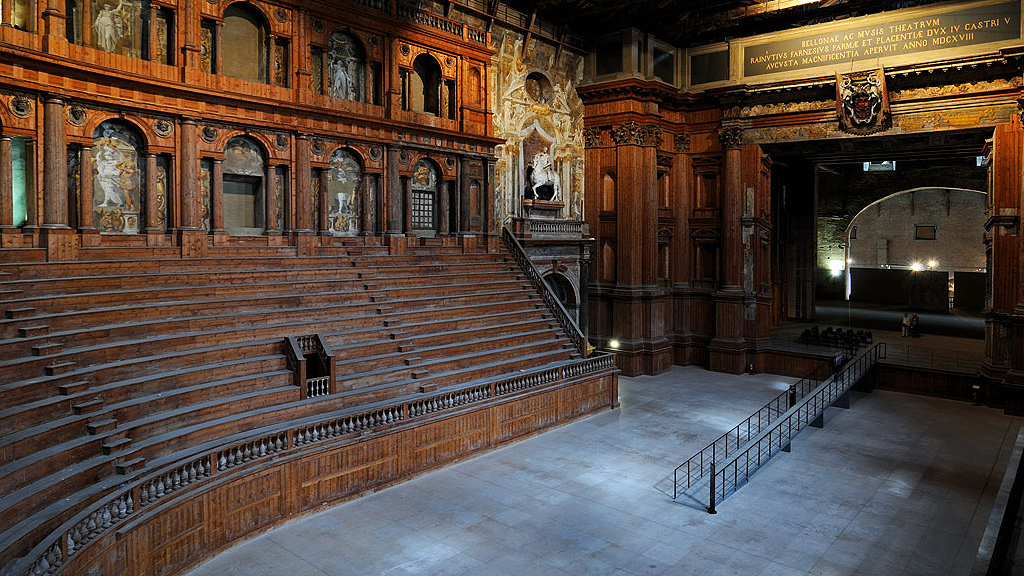
Teatro Farnese is a Baroque theater built in 1618 in wood and bricks. There is a proscenium where the most important parties and weddings were celbrated.
This huge theater is the unique example in the world built in wood in 17th Century.
National Gallery
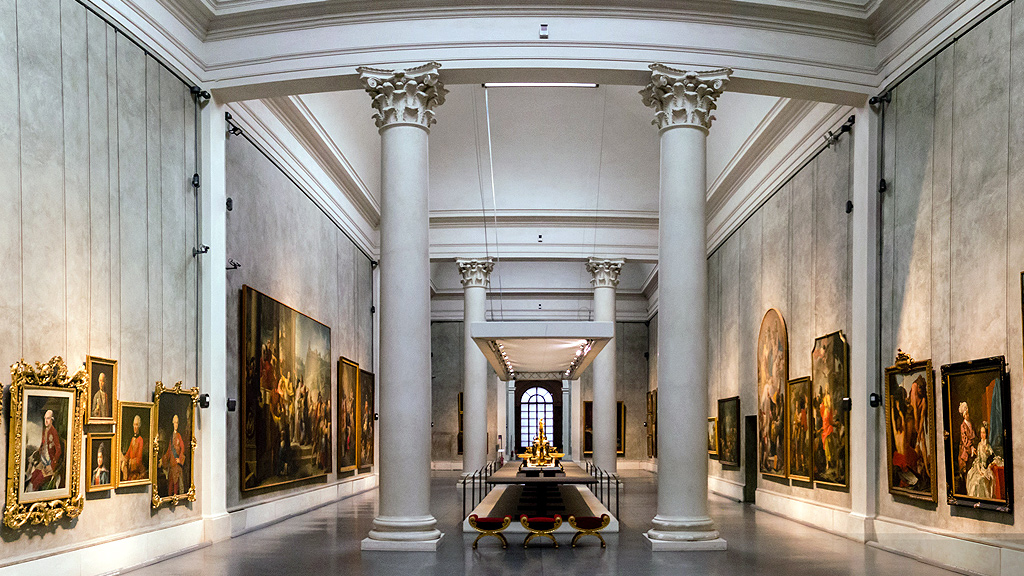
National Gallery is an art gallery in Parma where many painters are exhibited: Leonardo da Vinci, Parmigianino, Correggio Canaletto and many others.
These collections were established by the Farnese family till 1758, under the Dukess Maria Luisa d’Austria at the beginning of 19th Century and reorded and also several new noble collections were added.
Biblioteca Palatina
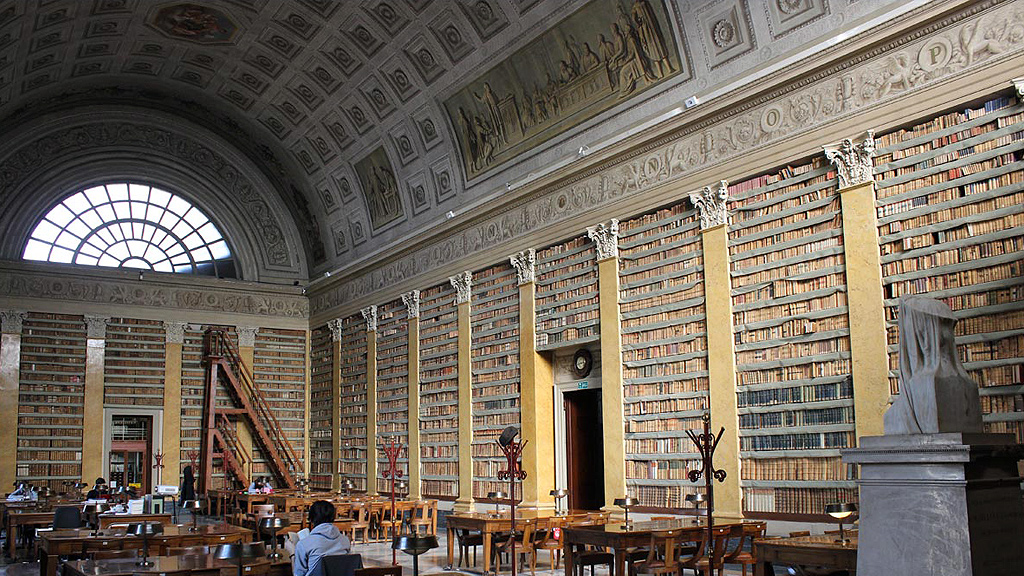
Biblioteca Palatina was created by Filippo di Borbone, Duke of Parma:
It is one of the cultural institutions created by the priest Paolo Maria Paciaudi who was “Antiquario and Bibliotecario”. He catalogued his purchases under six main classes: Theology, Nomology, Philosophy, History, Philology and Liberal and Mechanical Arts.
In 1804, the Napoleonic Administration named Angelo Pezzana as Director who acquired the collections of the Hebraist Professor Abate Giovanni de Rossi and the collection of Judaica and Hebrew manuscripts sold by Salomon Stern and Mordechay Bislikes: in this Biblioteca, created for 800.000 manuscripts including 70.000 Jewish manuscripts, you can find the most important collection of the Hebrew manuscripts in the world.
Amazing frescoes are painted on all the ceilings of this unique library.
National Archeological Museum
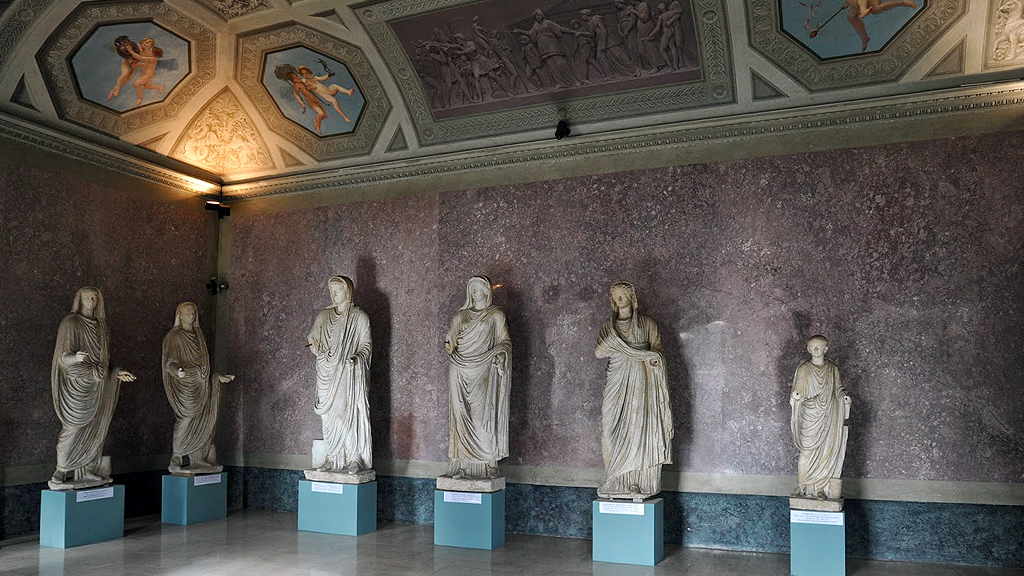
National Archeological Museum contains many important collections from the etruscan, repubblican and imperial roman period.
Soragna
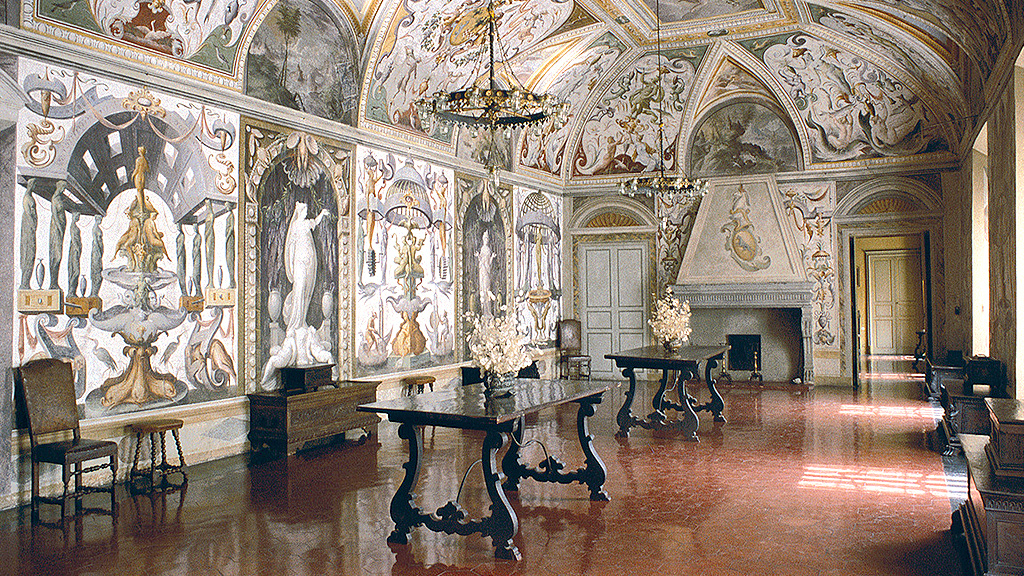
It is home to a medieval rocca (fortress), turned into a palace, called the Rocca Meli Lupi. It has 16th century frescoes by Cesare Baglione, possibly Niccolò dell’Abbate, and others. The surrounding park was turned into an English garden around 1820.
In this small village we can find the Jewish Museum and Synagogue.
The Prince Meli Lupi didn’t accept the concept of the “Ghetto” for the Jewish community that lived in Soragna from XIII cntury.
Infact the Jews of Soragna lived without problems with the local population, there are the trace of their contact with the great musician Giuseppe Verdi.
The small community survived till the Shoà, now the Sinagogue and the ” home of the Jews” is only a museum.
The great Jewish tradition of the “kosher salami” survived in some factorys of Emilia Romagna.
In Soragna there is also the Museum of the Parmigiano Reggiano cheese, where I can organize the visit and cheese tasting of this millenary cheese.
Fontanellato
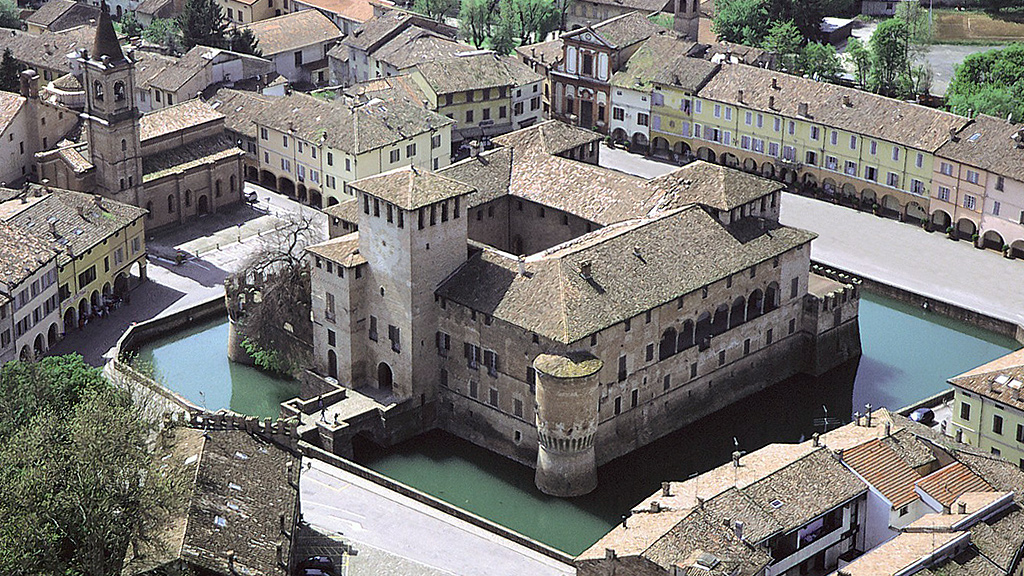
The Rocca Sanvitale, or Sanvitale Castle, is a fortress residence in the centre of the town of Fontanellato, near Parma.
The Castle accessible through a drawbridge, was begun in the 13th century, mostly completed by the 15th century.
It is prototypical of the urban castle-houses of the turbulent medieval communes of Northern Italy.
Legends and history of love still living together in every different room as the “optical chamber” (camera ottica) has an optical system that projects to an inside wall a view of the town through mirrors and a prism.
In another room we can admire the frescoes of Diane and Acteon painted in 1523-24 by Parmigianino, the mito dedicated to Paola Gonzaga from the Count Galeazzo Sanvitale.
Compiano
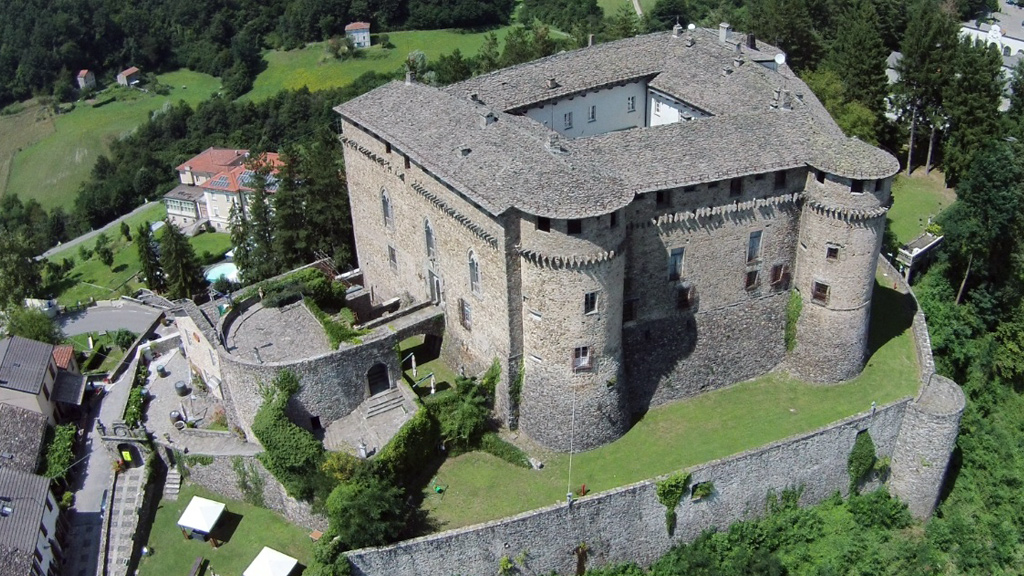
– The Castle of Compiano, a indestroyable fortress of the 9th Century, on the edge of one of the most beautiful ancient villages of Italy. Inside the Castle, the Lina Raimondi Gambarotta Gallery, the rooms beautifully decorated by the Marquise Gambarotta in which she lived many years.
– International Massonic Museum: exoterism and history, the unique massonic museum in Italy, in which innumerous treasures are preciously stored.


